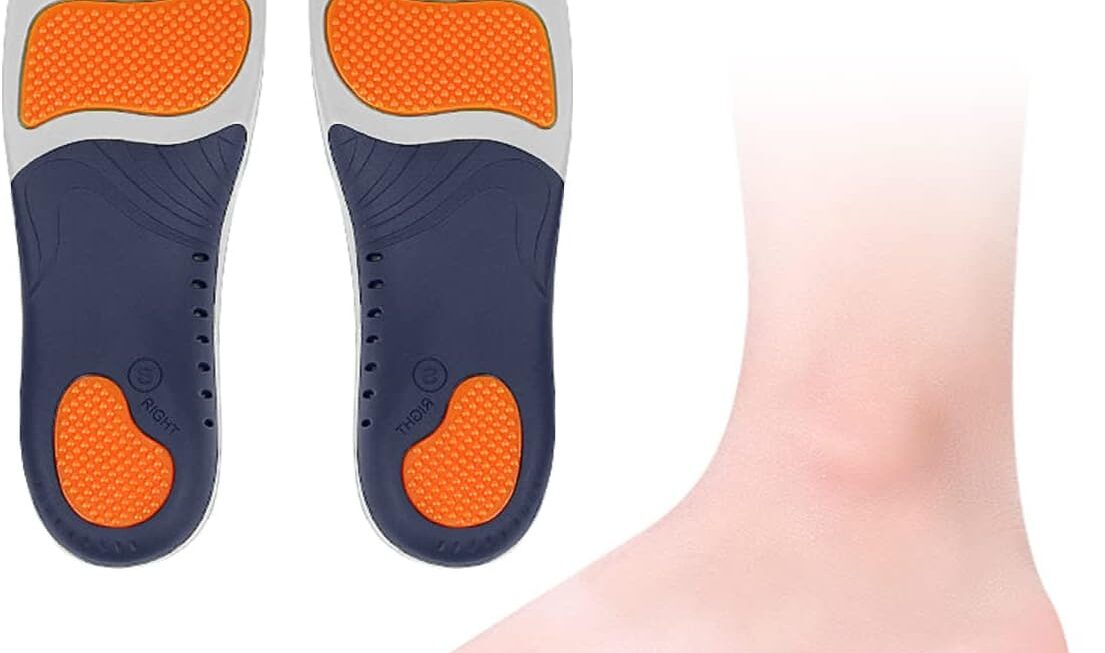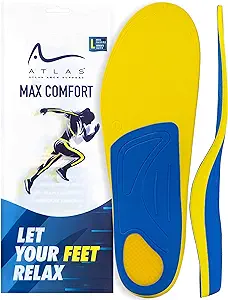Introduction
When it comes to maintaining a healthy and active lifestyle, one of the most crucial factors is choosing the right pair of walking shoes, especially if you need arch support. Walking is a low-impact exercise that can be enjoyed by people of all ages, but without the proper footwear, it can lead to discomfort and even injuries. In this comprehensive guide, we will explore everything you need to know about finding the best walking shoes with arch support to keep your feet comfortable and pain-free.
Understanding Arch Support
Before we explore arch support, it’s essential to know what arches are in the context of your feet. The arches of your feet are the curved structures that span from the ball of your foot to your heel. These arches are categorized into three main types:
- Flat Feet (Low Arches): People with flat feet have minimal or no visible arch when they stand. This type of arch is more prone to overpronation, where the feet roll inward excessively during walking or running.
- Normal Arches: Individuals with normal arches have a moderate curve in their feet. They typically distribute their body weight evenly across their feet, making it easier to find comfortable footwear.
- High Arches: High arches are characterized by a pronounced curve between the ball of the foot and the heel. People with high arches may need walking shoes that provide additional cushioning and support.
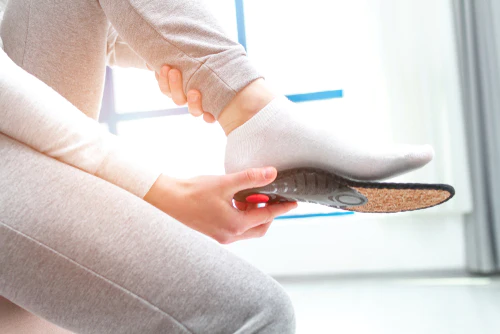
The Importance of Arch Support
Arch support plays a pivotal role in maintaining the health and functionality of your feet. Here’s why it matters:
- Weight Distribution: Proper arch support helps evenly distribute your body weight across your feet as you walk. This prevents excessive pressure on specific areas, reducing the risk of discomfort and pain.
- Alignment: Arch support helps align your feet, ankles, knees, hips, and lower back. This alignment is crucial for preventing overpronation (inward rolling of the feet) or supination (outward rolling of the feet), which can lead to injuries.
- Shock Absorption: Arch support aids in shock absorption, reducing the impact of each step on your feet. This is especially important during activities like walking or running.
In summary, arch support is not just about comfort; it’s about maintaining the proper function and health of your feet. Depending on your arch type (flat, normal, or high), you may require specific walking shoes that provide the necessary support and cushioning. Understanding your arch type is the first step toward finding the perfect pair of walking shoes tailored to your needs.
Choosing the Right Walking Shoes
Identifying Your Arch Type
Before you start shopping for walking shoes, it’s crucial to identify your specific arch type. This step is fundamental because the level of arch support you require depends on your arch type. Here’s how to determine your arch type:
- Flat Feet (Low Arches): If your feet appear flat when you stand, with minimal arch curvature, you likely have flat feet. Individuals with flat feet typically need walking shoes that offer excellent arch support to maintain proper alignment.
- Normal Arches: People with normal arches have a moderate curve in their feet, creating a distinct arch. They generally have more flexibility in choosing walking shoes as their arches provide natural support.
- High Arches: High arches are characterized by a prominent arch between the ball of the foot and the heel. If you have high arches, you’ll benefit from walking shoes that provide ample cushioning and support to absorb shock and prevent strain on the arches.
Shoe Sizing and Fit
Once you’ve identified your arch type, the next critical step is to find the right shoe size and fit. The importance of proper sizing and fit cannot be overstated, as ill-fitting shoes can lead to discomfort and even foot problems. Here are some tips to ensure a good fit:
- Toe Room: Ensure that there’s enough room for your toes to move comfortably within the shoe. A snug fit that isn’t too tight is ideal.
- Width: Different shoes come in various widths (e.g., narrow, regular, wide). Choose a width that matches the natural width of your feet.
- Try Before You Buy: It’s always a good idea to try on shoes in-store whenever possible. Walk around in them to get a feel for how they support your arches.
- Consider Orthotics: If you have custom orthotic insoles or inserts prescribed by a podiatrist, make sure the shoes have enough space to accommodate them.
Materials and Cushioning
Materials
The materials used in the construction of walking shoes play a significant role in their comfort, durability, and overall performance. When evaluating walking shoes, consider the following materials:
- Upper Material: The upper part of the shoe, often made of various materials such as leather, mesh, or synthetic fabrics, impacts breathability and flexibility. Mesh uppers provide excellent breathability, keeping your feet cool and dry during walks.
- Insole Material: The insole, or footbed, is the inner part of the shoe where your foot rests. Look for walking shoes with cushioned insoles made of materials like memory foam or gel. These materials provide extra comfort and support, particularly for your arches.
- Midsole Material: The midsole is the layer between the outsole (the bottom of the shoe) and the insole. It’s crucial for cushioning and shock absorption. Some walking shoes incorporate dual-density midsoles, which offer enhanced support in the arch and heel areas.
- Outsole Material: The outsole is in direct contact with the ground and affects traction and durability. Rubber outsoles with tread patterns designed for grip on various surfaces are commonly found in quality walking shoes.
- Lining Material: The lining inside the shoe can affect moisture management and overall comfort. Moisture-wicking linings help keep your feet dry and prevent blisters.
- Supportive Overlays: Some walking shoes feature supportive overlays that add structure and stability to the shoe’s upper, enhancing arch support.
Cushioning
Cushioning is a critical factor in walking shoes, especially when you need arch support. Proper cushioning ensures that your feet are comfortable and well-supported during walks. Here’s what to look for in cushioning:
- Arch Support Insoles: Consider walking shoes that come with arch support insoles or removable footbeds. These insoles are designed to provide specific support to your arches.
- Shock Absorption: Good cushioning should offer effective shock absorption, reducing the impact of each step on your feet. Look for shoes with gel or air cushioning technology in the midsole.
- Responsive Cushioning: Responsive cushioning materials, such as EVA foam, provide a balance between cushioning and support, ensuring that your feet feel comfortable while maintaining stability.
- Customization: Some walking shoes allow you to customize the level of cushioning by replacing the insoles with custom orthotic inserts prescribed by a podiatrist.
In summary, the choice of materials and cushioning in walking shoes is vital to ensure optimal comfort, arch support, and overall performance. Pay attention to the quality and features of these components when selecting the right pair of walking shoes with arch support to make your walks enjoyable and pain-free.
Features to Look for in Walking Shoes
Arch Support Technologies
- Orthotic Insoles: Look for walking shoes that come with orthotic insoles. These insoles can be removed and replaced with custom orthotic inserts if needed, allowing you to tailor the level of arch support to your specific requirements.
- Dual-Density Midsoles: Many quality walking shoes incorporate dual-density midsoles. These midsoles offer enhanced support in critical areas, such as the arch and heel, providing better overall comfort and stability.
- Gel or Air Cushioning: Consider shoes with gel or air cushioning technology in the midsole. These cushioning systems absorb shock and provide additional comfort, particularly during longer walks.
Stability and Traction
- Stable Base: Ensure that the walking shoes have a stable base to support your feet and maintain proper alignment. Look for shoes with a firm and well-structured heel counter.
- Tread Patterns: The outsole of the shoes should have a tread pattern designed for good traction on various surfaces. This feature is essential to prevent slips and falls during your walks.
- Motion Control Features: If you have overpronation (inward rolling of the feet) or other gait issues, consider walking shoes with motion control features. These features help correct your foot’s movement and maintain stability.
Breathability
- Breathable Materials: Choose walking shoes made from breathable materials, such as mesh uppers. Proper ventilation keeps your feet cool and dry, reducing the risk of blisters and discomfort.
Supportive Design
- Arch-Cradling Design: Look for walking shoes with an arch-cradling design. This ensures that the arches of your feet are well-supported and maintain their natural shape.
- Heel Counter: A sturdy heel counter provides stability and prevents excessive movement of the heel, reducing the risk of overpronation or supination.
- Padded Collar and Tongue: Padded collars and tongues enhance comfort and prevent rubbing or chafing around the ankle area.
Durability
- Quality Materials: Opt for walking shoes made from high-quality materials that can withstand regular wear and tear. Durable materials ensure that your shoes last longer.
Flexibility
- Sole Flexibility: While stability is essential, ensure that the sole of the walking shoe is flexible enough to allow for natural foot movement during your stride.
Customization
- Removable Insoles: The option to remove and replace the insoles is beneficial if you have custom orthotic inserts prescribed by a podiatrist. This customization can provide superior arch support.
In summary, when looking for walking shoes with arch support, consider these features to ensure that your feet receive the comfort and support they need during your walks. Each of these features contributes to an enjoyable and pain-free walking experience, catering to your specific arch type and preferences.
Top Brands for Walking Shoes with Arch Support
Atlas Arch Support
Atlas Arch Support is a specialized brand dedicated to addressing arch support needs. Unlike traditional shoe brands, Atlas Arch Support focuses exclusively on providing arch support solutions. They offer a range of arch support insoles and inserts designed to cater to various arch types. What sets Atlas Arch Support apart is its ability to allow users to customize the level of support they need in their existing walking shoes. By incorporating Atlas Arch Support insoles or inserts, individuals can enhance the arch support of their preferred footwear, effectively tailoring their shoes to their exact requirements. This level of customization can significantly benefit those seeking a personalized approach to arch support.
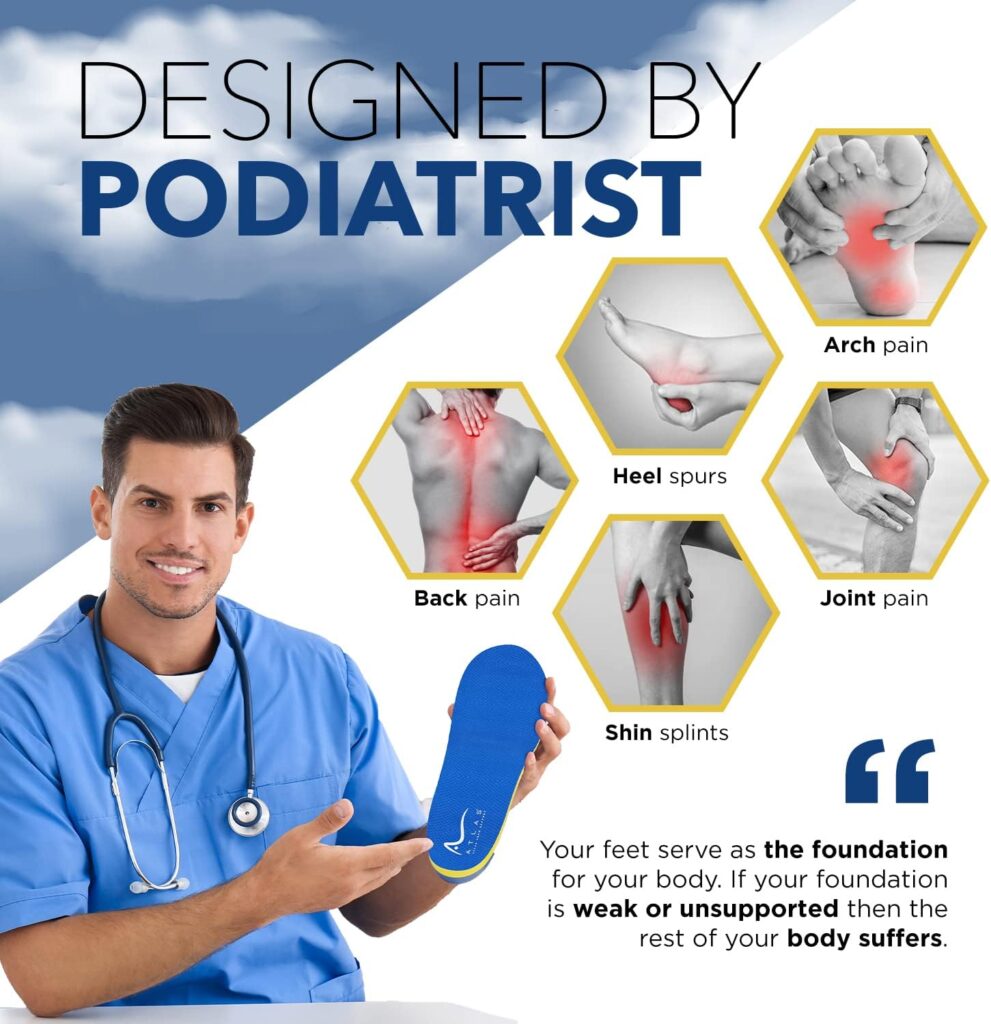
New Balance
New Balance is a leading brand known for its commitment to creating walking shoes with exceptional arch support. They offer a wide range of options to cater to various arch types, ensuring that individuals with flat feet, normal arches, and high arches can find suitable footwear. New Balance shoes often feature cutting-edge cushioning technologies like ACTEVA and Fresh Foam, which provide excellent comfort and shock absorption. Additionally, their walking shoes frequently come with removable insoles, allowing wearers to customize their arch support according to their specific needs. New Balance has earned a solid reputation for delivering reliable and comfortable walking shoes that prioritize foot health.

ASICS
ASICS is a well-established brand in the athletic footwear industry, known for its commitment to quality and performance. Their walking shoes with arch support are designed to address different arch types, making them a versatile choice for individuals seeking stability and comfort during walks. ASICS incorporates advanced technologies like GEL cushioning and Duomax support to enhance arch support and ensure proper alignment. These features are especially beneficial for those in need of extra support. ASICS’ dedication to developing footwear that prioritizes foot health has made them a trusted choice among walkers and athletes alike.

Brooks
Brooks is recognized for its emphasis on creating comfortable and supportive walking shoes. Their footwear is carefully engineered to provide superior cushioning and stability, making them an excellent choice for individuals requiring arch support. Brooks frequently integrates innovative technologies like BioMoGo DNA and GuideRails support, which not only enhance arch support but also offer a responsive and adaptable walking experience. Many users appreciate the brand’s commitment to foot health and performance, making Brooks a go-to option for those seeking optimal arch support in their walking shoes.
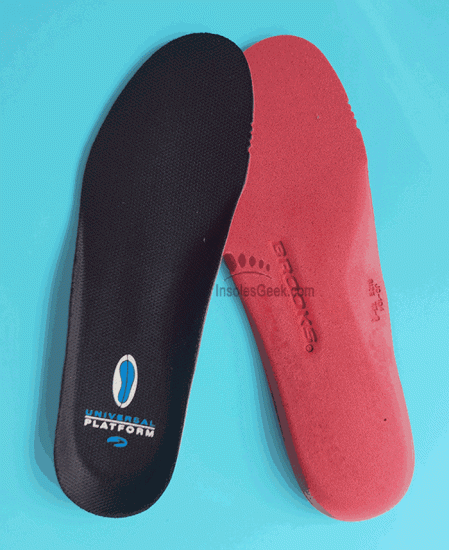
Skechers
Skechers is a well-known brand celebrated for producing comfortable and affordable walking shoes. While they offer a variety of footwear options, they also provide choices for individuals seeking arch support in their shoes. Skechers walking shoes typically feature memory foam insoles and supportive designs, ensuring comfort during daily walks. Their affordability and stylish designs make them a practical and accessible choice for consumers who prioritize both comfort and fashion. Skechers is a trusted brand that appeals to a wide range of individuals looking for arch support in their walking footwear.

Incorporating Atlas Arch Support into your chosen walking shoes is a smart and adaptable solution for those who wish to enhance their arch support while keeping the comfort and style of their existing footwear. When selecting the best brand and model of walking shoes with arch support, it’s essential to consider your specific arch type and requirements to ensure an optimal fit for your individual comfort and well-being.
Conclusion
Choosing the best walking shoes with arch support is essential for maintaining foot health and overall well-being. By understanding your arch type, considering the right shoe size and fit, and looking for key features in walking shoes, you can ensure that your feet are well-supported and comfortable during your daily walks.
WHERE TO BUY
FAQs
1. How do I know if I have flat feet or high arches?
To determine your arch type, you can perform a simple wet test by wetting the soles of your feet and standing on a piece of paper. Alternatively, consult a podiatrist for a professional assessment.
2. Can I replace the insoles in my walking shoes for better arch support?
Yes, many walking shoes come with removable insoles, allowing you to replace them with custom orthotic insoles for enhanced arch support.
3. Are there specific walking shoes for people with plantar fasciitis?
Yes, some brands offer walking shoes designed specifically for individuals with plantar fasciitis. These shoes provide extra arch support and cushioning.
4. How often should I replace my walking shoes?
It’s recommended to replace your walking shoes every 300-500 miles or when you notice signs of wear and tear, such as worn-out soles or reduced cushioning.
5. Are there any exercises to strengthen the arches of my feet?
Yes, exercises like arch raises, toe curls, and calf stretches can help strengthen the muscles supporting your arches. Consult a physiotherapist for personalized guidance.
